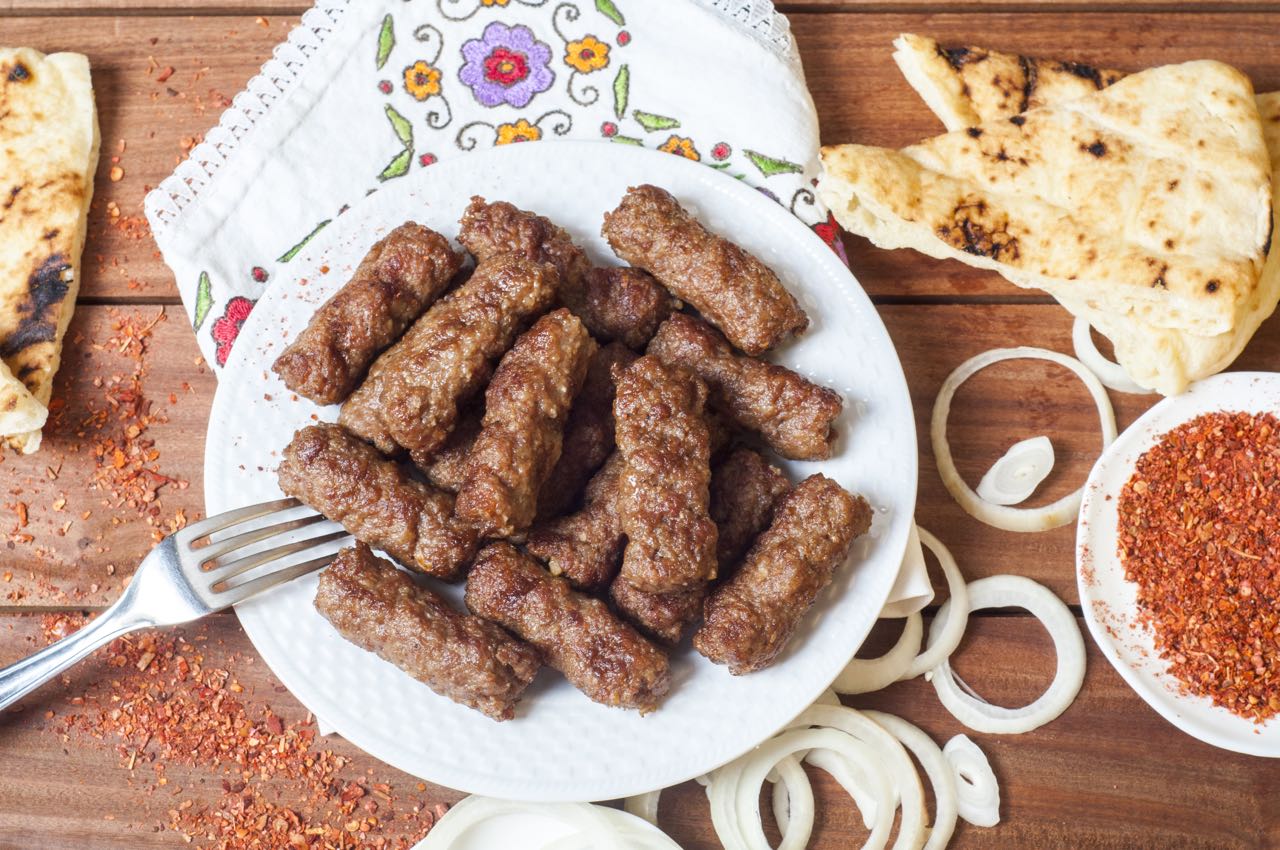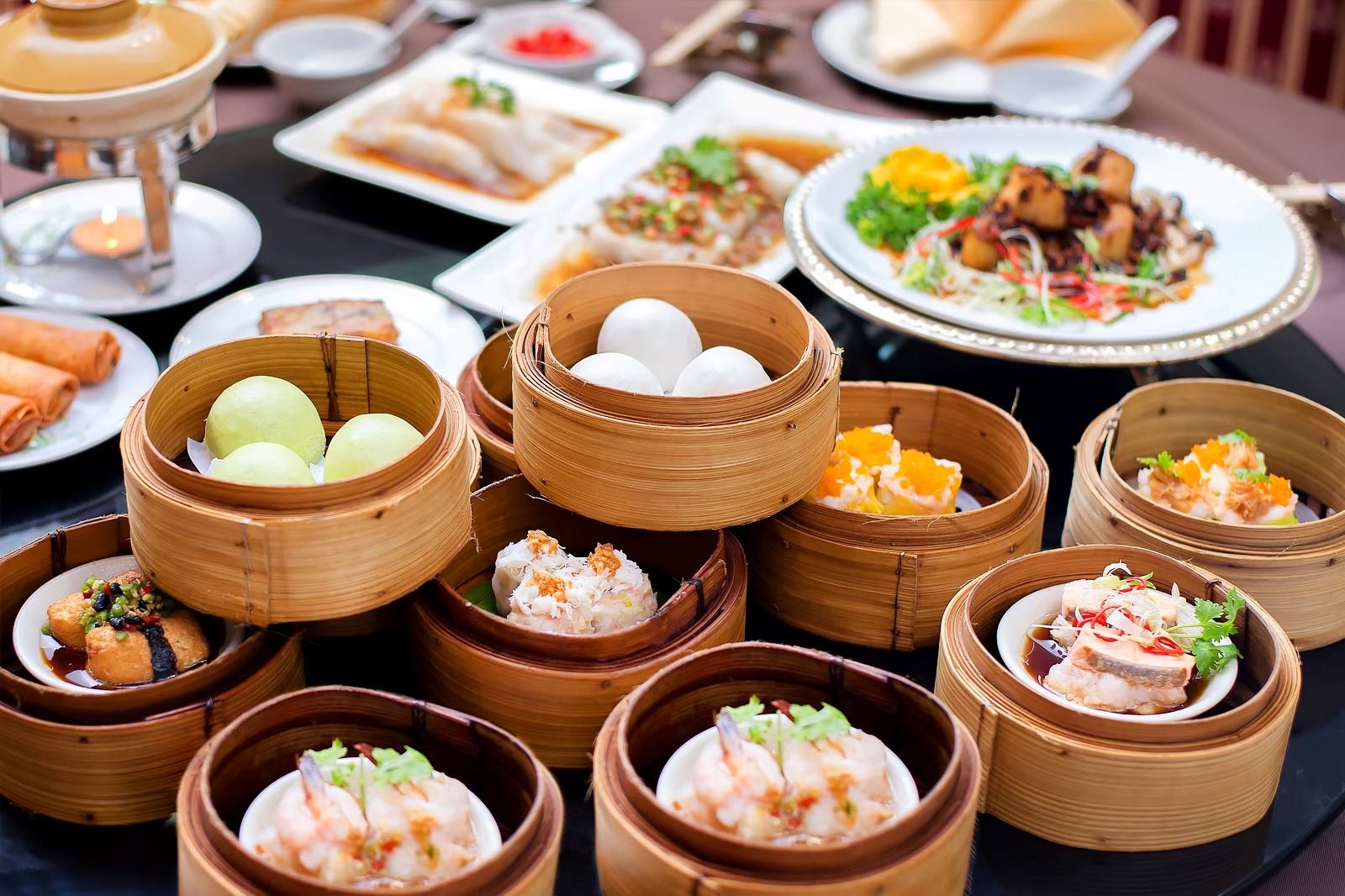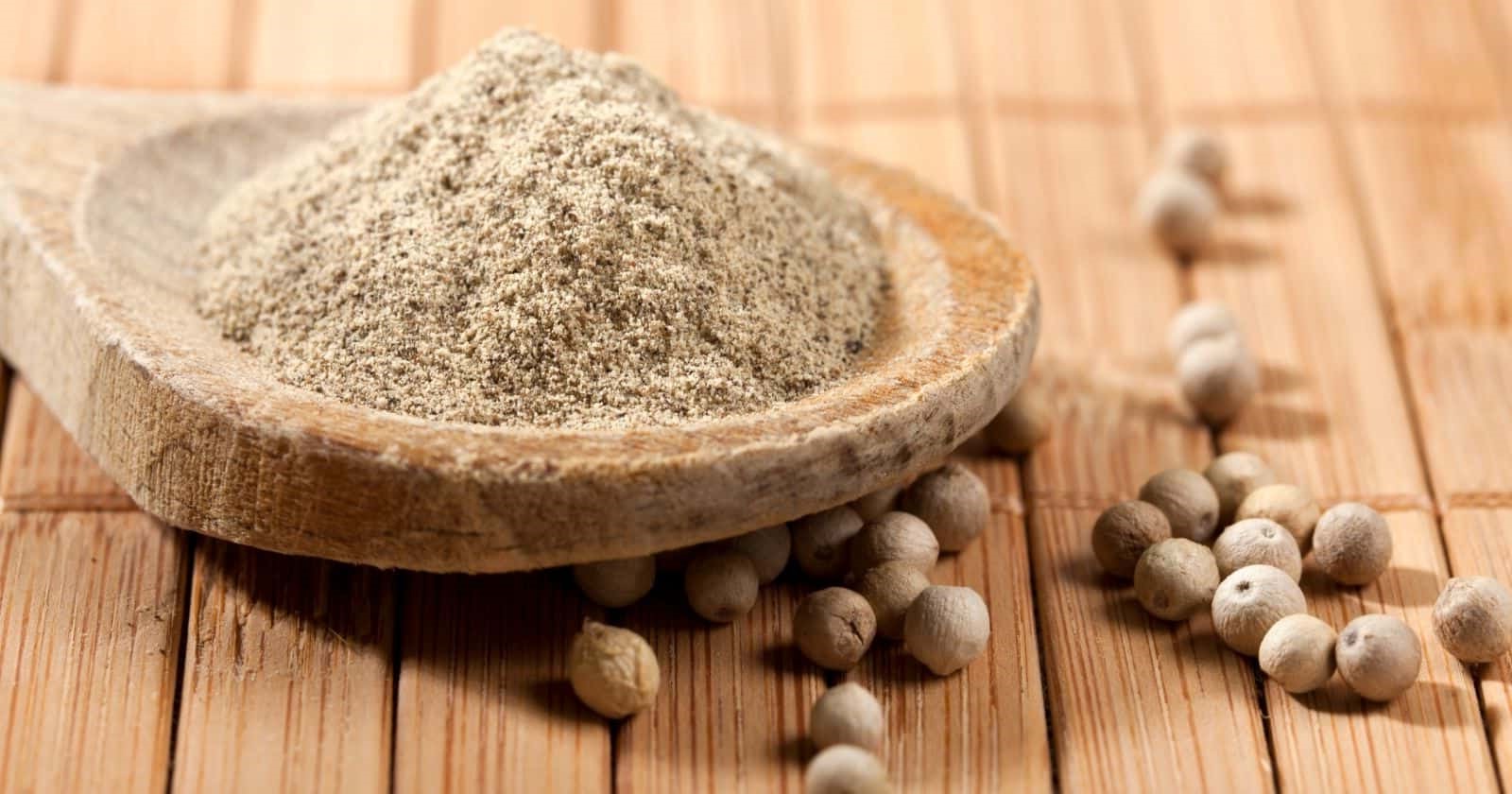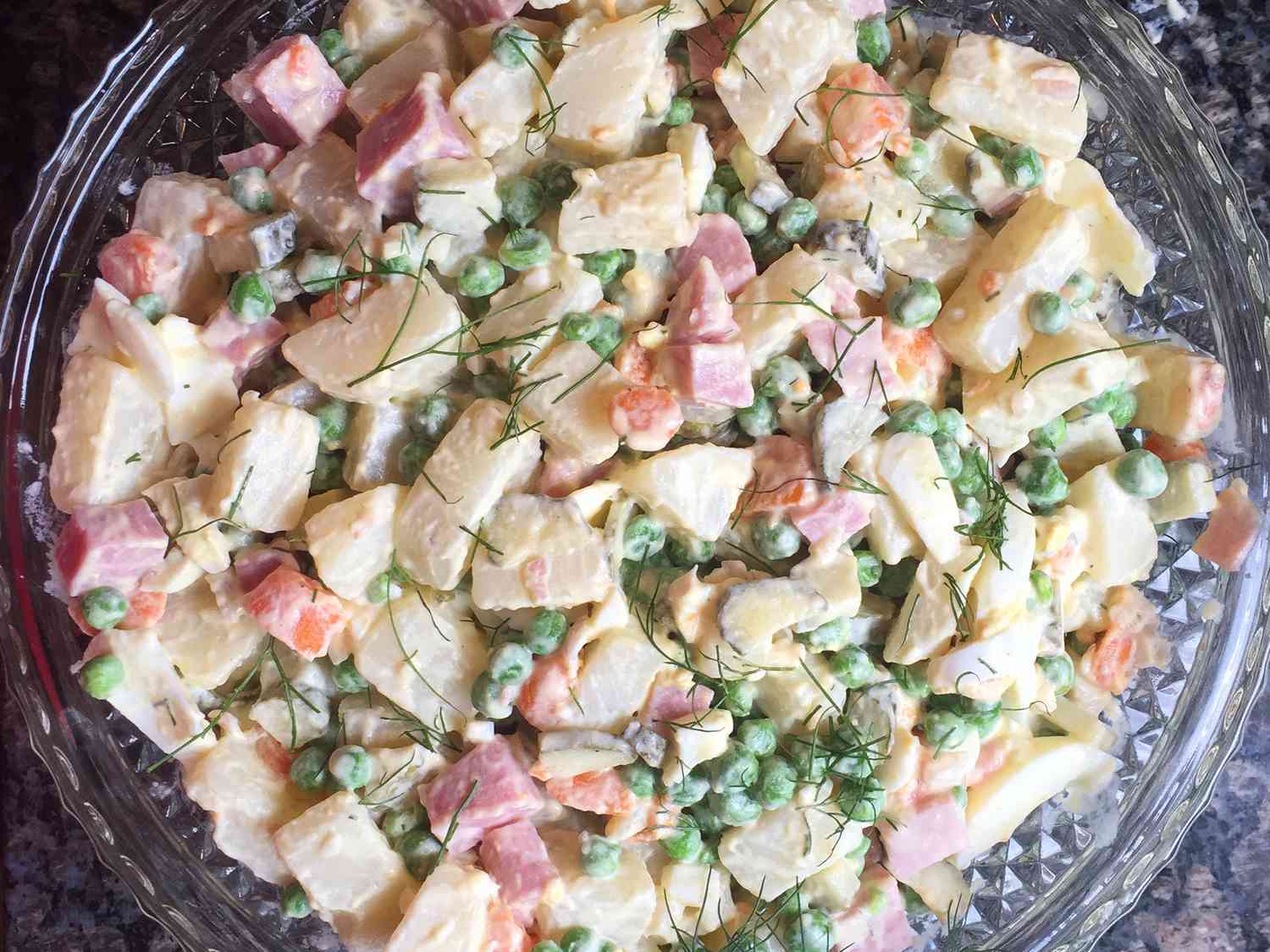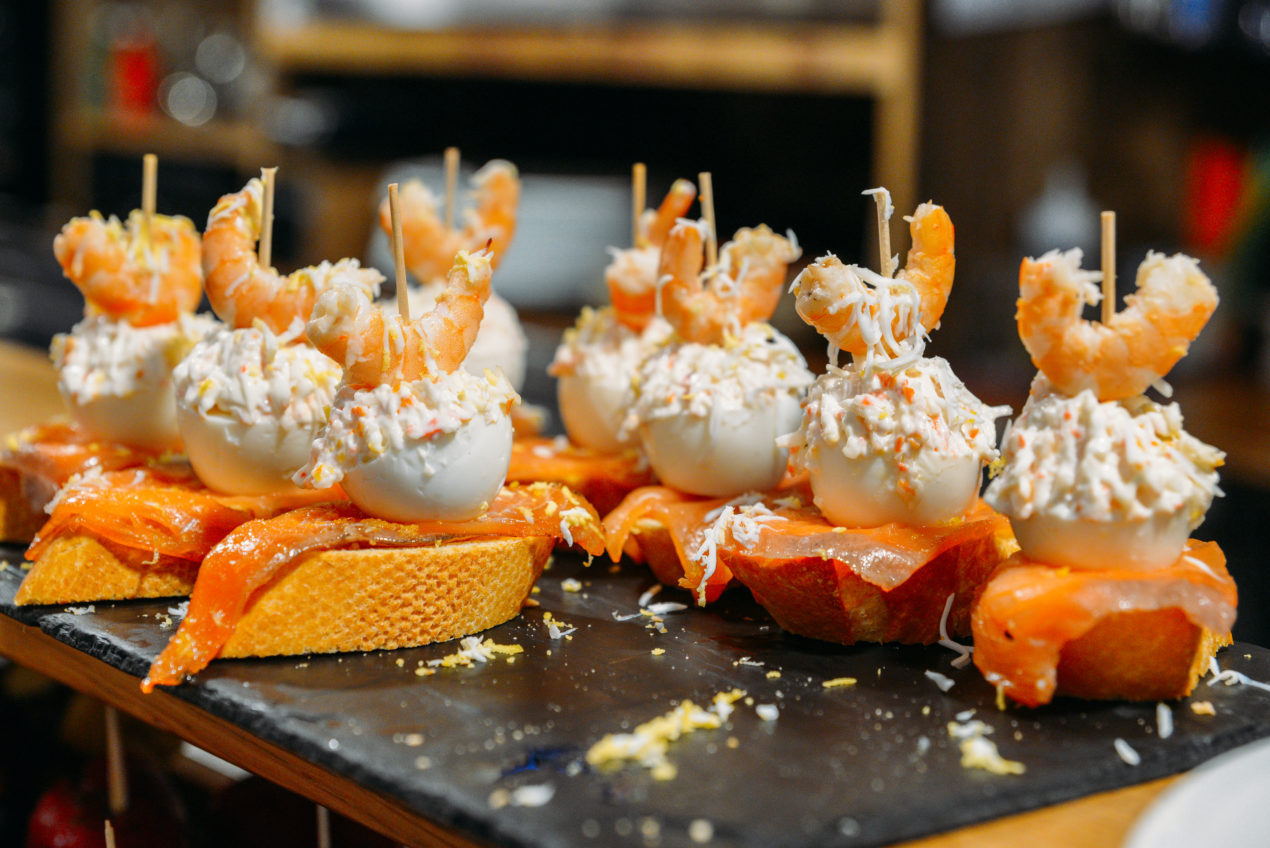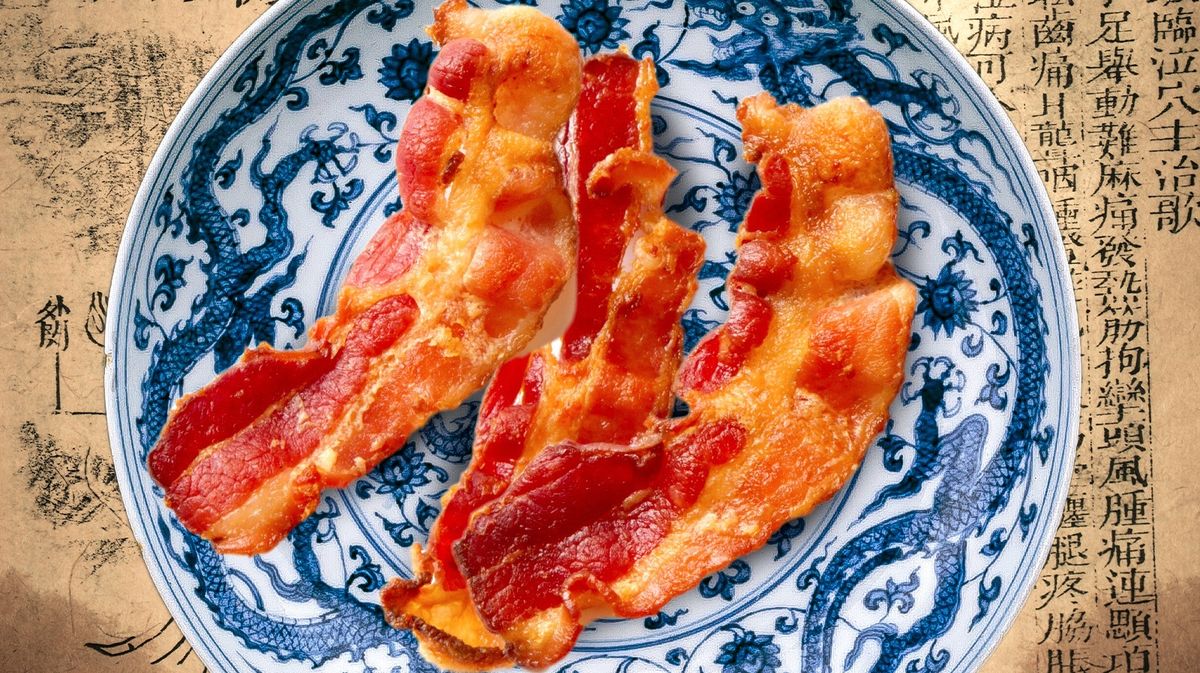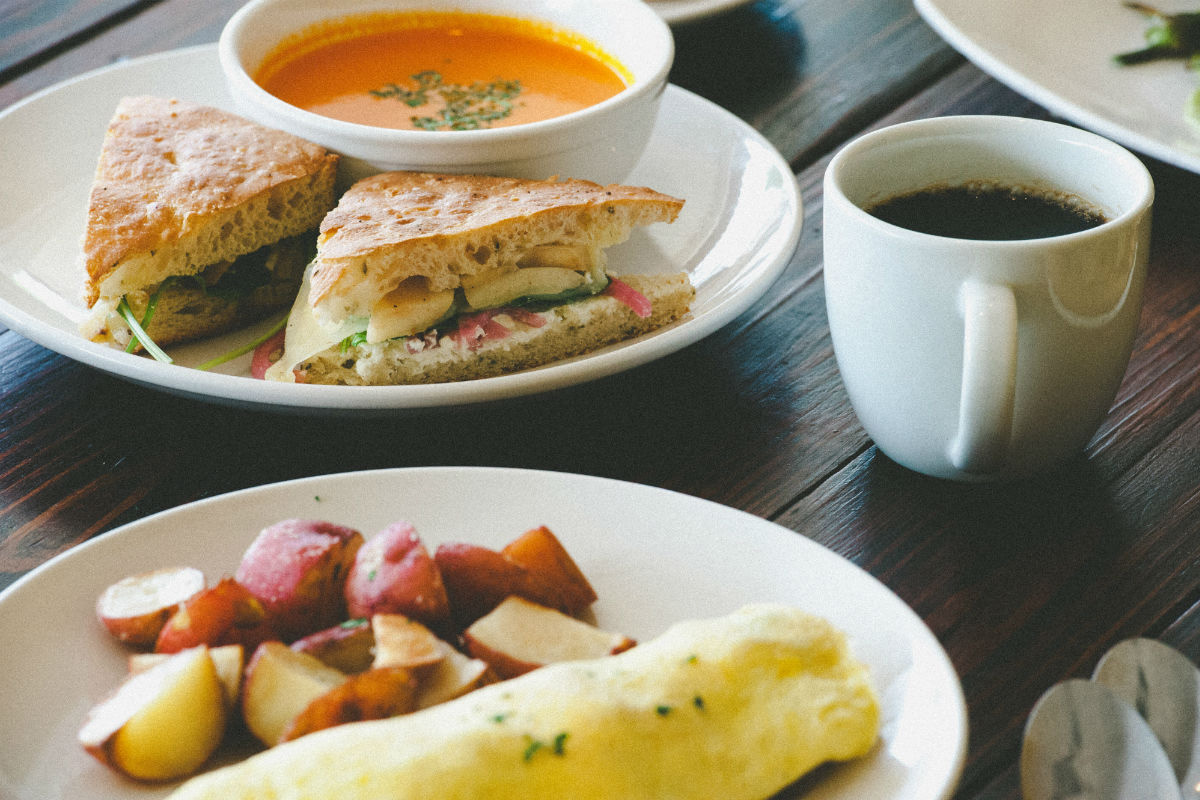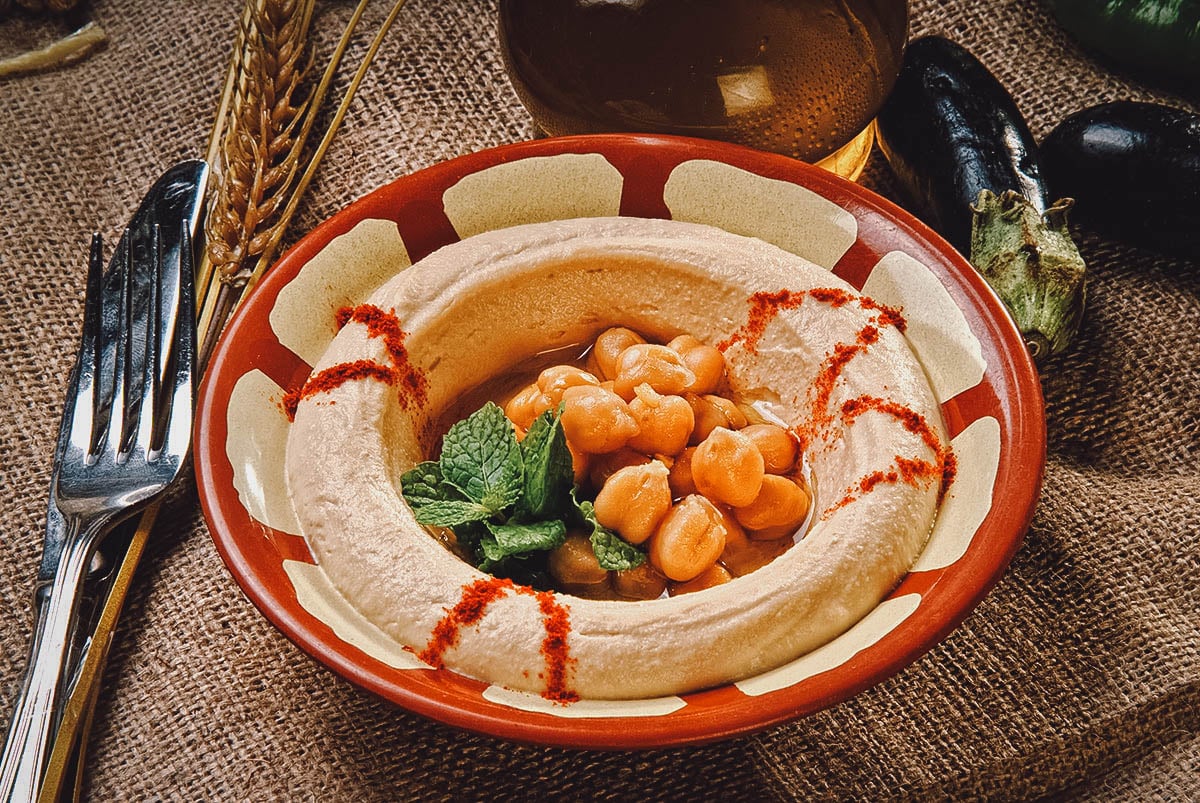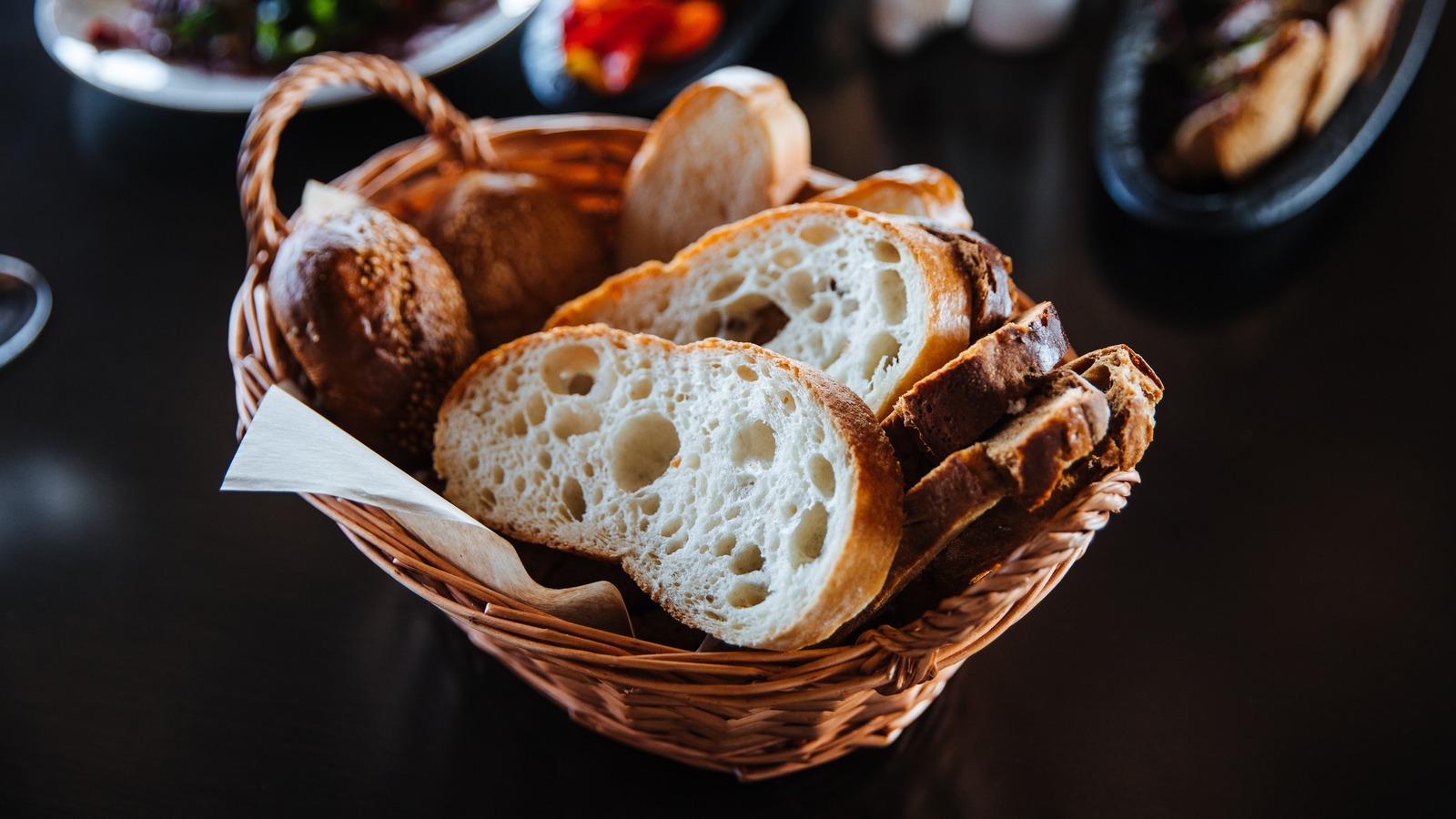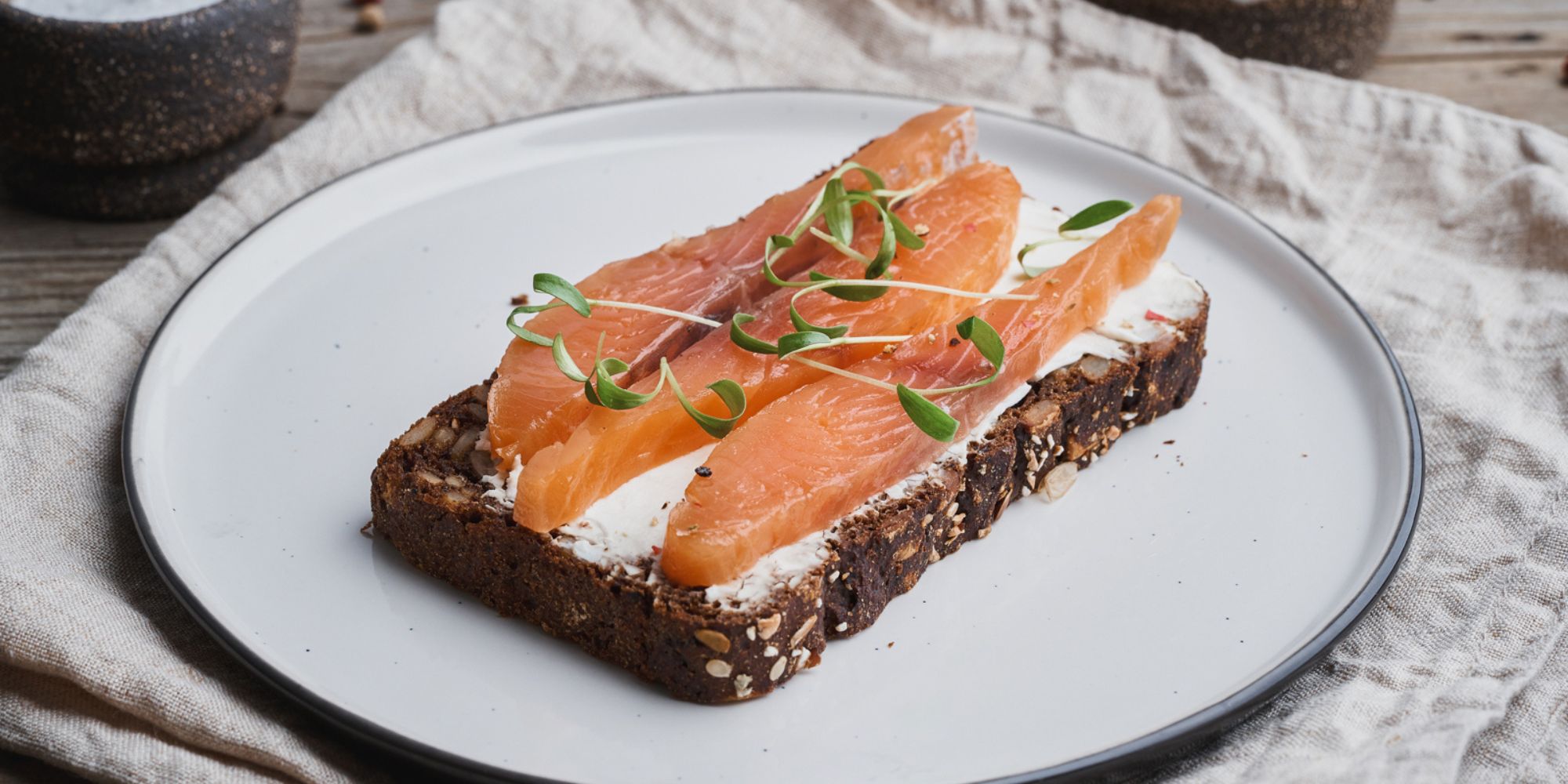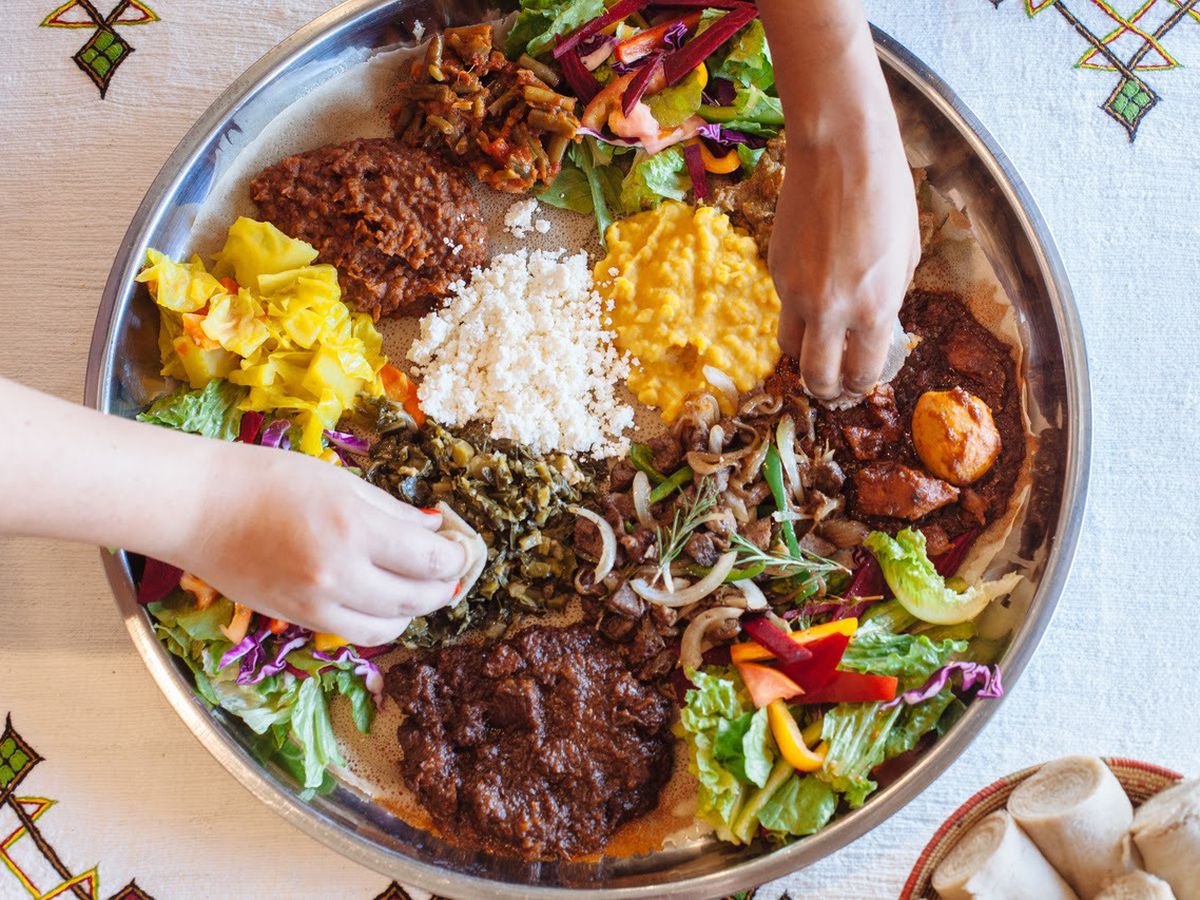Bread is a staple found in almost every culture, each with its unique twist. From the crusty baguettes of France to the soft naan of India, bread tells the story of its people. In Italy, ciabatta offers a chewy delight, while Mexico's tortillas provide a versatile base for many dishes. Each type of bread reflects local ingredients, traditions, and history. Exploring these diverse bread traditions not only satisfies the taste buds but also offers a glimpse into the rich cultural tapestry of our world. Join us as we journey through the fascinating world of international bread traditions.
Gather Your Ingredients for Exploring International Bread Traditions
Exploring International Bread Traditions
French Baguette:
- 4 cups bread flour
- 1 1/2 cups water
- 2 tsp salt
- 2 tsp active dry yeast
Italian Focaccia:
- 4 cups all-purpose flour
- 1 1/2 cups warm water
- 1/4 cup olive oil
- 2 tsp salt
- 1 tsp sugar
- 2 tsp active dry yeast
- Fresh rosemary (optional)
- Sea salt for topping
Indian Naan:
- 2 cups all-purpose flour
- 1/2 cup warm water
- 1/4 cup plain yogurt
- 2 tbsp olive oil
- 1 tsp salt
- 1 tsp sugar
- 1 tsp active dry yeast
- 1/4 tsp baking powder
Mexican Bolillo:
- 4 cups bread flour
- 1 1/2 cups warm water
- 2 tbsp sugar
- 2 tsp salt
- 2 tsp active dry yeast
- 1/4 cup vegetable oil
German Pretzel:
- 4 cups bread flour
- 1 1/2 cups warm water
- 2 tbsp unsalted butter, melted
- 2 tsp salt
- 1 tbsp sugar
- 2 tsp active dry yeast
- 1/2 cup baking soda (for boiling)
- Coarse salt for topping
Ethiopian Injera:
- 2 cups teff flour
- 3 cups water
- 1/2 tsp salt
Japanese Milk Bread:
- 3 1/2 cups bread flour
- 1 cup warm milk
- 1/2 cup heavy cream
- 1/4 cup sugar
- 2 tsp salt
- 2 tsp active dry yeast
- 1 egg
- 4 tbsp unsalted butter, softened
Essential Tools for Making Exploring International Bread Traditions
Tools Needed for Exploring International Bread Traditions
-
Mixing Bowls
- Various sizes for different doughs
-
Measuring Cups and Spoons
- Accurate measurements for ingredients
-
Digital Scale
- Precision in weighing ingredients
-
Wooden Spoon
- Mixing dough by hand
-
Stand Mixer with Dough Hook
- Efficient kneading for large batches
-
Bench Scraper
- Dividing and shaping dough
-
Rolling Pin
- Flattening dough for certain bread types
-
Proofing Basket (Banneton)
- Supporting dough during rising
-
Baking Stone or Steel
- Even heat distribution in the oven
-
Dutch Oven
- Creating steam for crusty bread
-
Lame or Sharp Knife
- Scoring dough before baking
-
Pastry Brush
- Applying egg wash or butter
-
Cooling Rack
- Allowing bread to cool evenly
-
Oven Thermometer
- Ensuring accurate baking temperature
-
Kitchen Timer
- Tracking proofing and baking times
-
Plastic Wrap or Damp Cloth
- Covering dough during proofing
-
Spray Bottle
- Adding moisture to the oven for steam
-
Parchment Paper
- Preventing sticking during baking
-
Bread Knife
- Slicing finished bread
Exploring international bread traditions reveals a rich tapestry of flavors and techniques. From France's crusty baguettes to India's soft naan, each culture offers unique takes on this staple food.
The Importance of Exploring International Bread Traditions
Bread is a staple in many cultures, symbolizing community and tradition. Each region has unique recipes and techniques, reflecting local ingredients and history. Exploring these traditions deepens our appreciation for diversity and heritage. Understanding international bread traditions connects us to different cultures and enriches our culinary experiences.
How to Make Exploring International Bread Traditions
Exploring International Bread Traditions involves delving into various cultures to understand their unique baking methods, ingredients, and the historical significance of bread in their diets. Here's a step-by-step guide to immerse yourself in this flavorful journey:
-
Research Bread Varieties
- Start with identifying breads from different countries. For example, baguette from France, naan from India, and pita from the Middle East.
- Look into regional specialties within countries, like sourdough in San Francisco, USA, or ciabatta in Italy.
-
Understand Ingredients
- Learn about the basic ingredients used in bread making, such as flour, water, yeast, and salt.
- Explore unique additions that give international breads their distinctive flavors, like olives in focaccia or potatoes in Irish soda bread.
-
Discover Baking Techniques
- Investigate the methods used to bake different types of bread. For instance, steaming for Chinese bao buns versus stone baking for Italian pizza.
- Pay attention to kneading techniques and how they affect the texture of the bread.
-
Study Cultural Significance
- Look into the role bread plays in various cultures, from daily sustenance to ceremonial uses.
- Note how bread consumption varies during holidays and festivals, like challah for Jewish Sabbath or panettone during Christmas in Italy.
-
Experiment with Recipes
- Try baking breads from around the world to get a hands-on understanding of their textures and flavors.
- Adjust recipes based on availability of local ingredients without compromising the authenticity of the bread's taste.
-
Share and Learn
- Join online forums or local baking groups to share experiences and learn from others who are also exploring international bread traditions.
- Participate in bread baking workshops or classes if available.
-
Document Your Journey
- Keep a journal of the breads you've explored, including notes on recipes, techniques, and personal reflections on the taste and cultural learning.
- Take photos of your breads to create a visual diary of your baking adventures.
-
Respect Traditions
- While experimenting, maintain respect for the cultural origins of each bread. Understand the history and people behind the bread before making modifications.
- Acknowledge the artisans and bakers who have passed down these traditions through generations.
-
Expand Your Palate
- Pair breads with traditional accompaniments from their country of origin to fully experience their intended flavor profiles.
- Explore using international breads in your daily meals to appreciate their versatility beyond their traditional uses.
A Culinary Voyage Concludes
We've journeyed through a world of bread traditions, each with its unique flavors, techniques, and stories. From the crusty loaves of French baguettes to the soft, pillowy Japanese milk bread, our exploration has shown us how deeply bread is woven into the cultural fabric of societies around the globe. These breads aren't just food; they're a reflection of history, geography, and community. Whether you're a seasoned baker or a curious foodie, there's always more to learn and taste. So, keep your oven warm and your curiosity alive. There's a whole world of bread out there waiting to be discovered, one loaf at a time. Let's continue to bake, share, and enjoy the diverse bounty of bread traditions from every corner of our planet.
Common Questions About Exploring International Bread Traditions
What are some popular international bread types?
Some popular international bread types include French baguettes, Italian ciabatta, Indian naan, Mexican tortillas, German pretzels, and Middle Eastern pita.
How is sourdough different from other breads?
Sourdough uses wild yeast and lactic acid bacteria for fermentation, giving it a unique tangy flavor and chewy texture. It also has a longer shelf life compared to other breads.
What makes naan unique?
Naan is a soft, pillowy flatbread often cooked in a tandoor oven. It's typically brushed with ghee or butter and can be flavored with garlic, herbs, or stuffed with fillings like cheese or meat.
Why is the baguette so iconic in France?
The baguette is iconic in France due to its crusty exterior and soft, airy interior. It's a staple in French cuisine, often enjoyed with cheese, butter, or as a sandwich base.
How is ciabatta different from other Italian breads?
Ciabatta has a crispy crust and a light, airy crumb due to its high hydration dough. It's perfect for sandwiches and paninis because of its structure and flavor.
What is the significance of tortillas in Mexican cuisine?
Tortillas are a versatile staple in Mexican cuisine, used for making tacos, burritos, quesadillas, and more. They can be made from corn or flour, each offering a distinct taste and texture.
How do you make pita bread puff up?
To make pita bread puff up, bake it in a very hot oven. The high heat creates steam inside the dough, causing it to puff and form a pocket.
